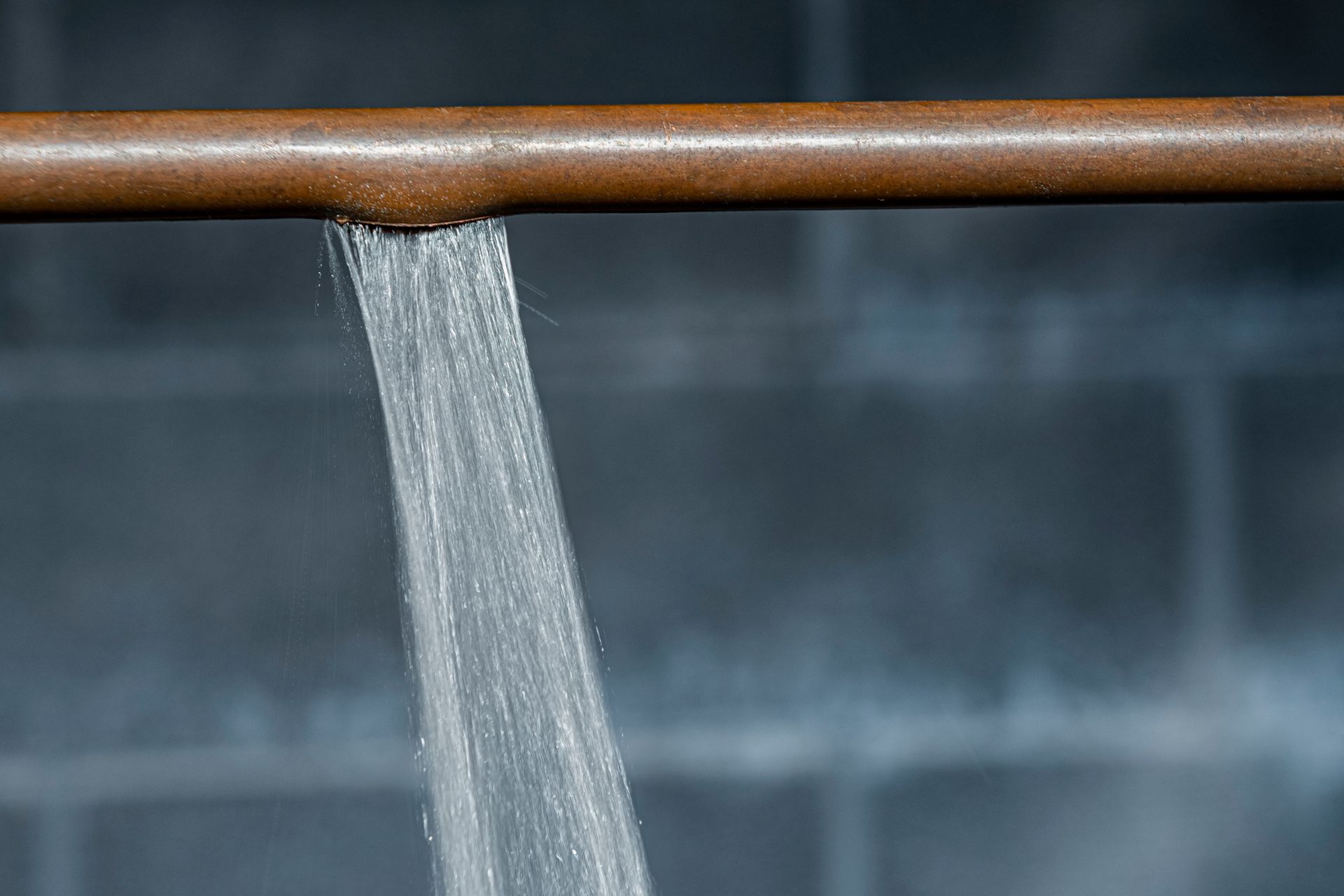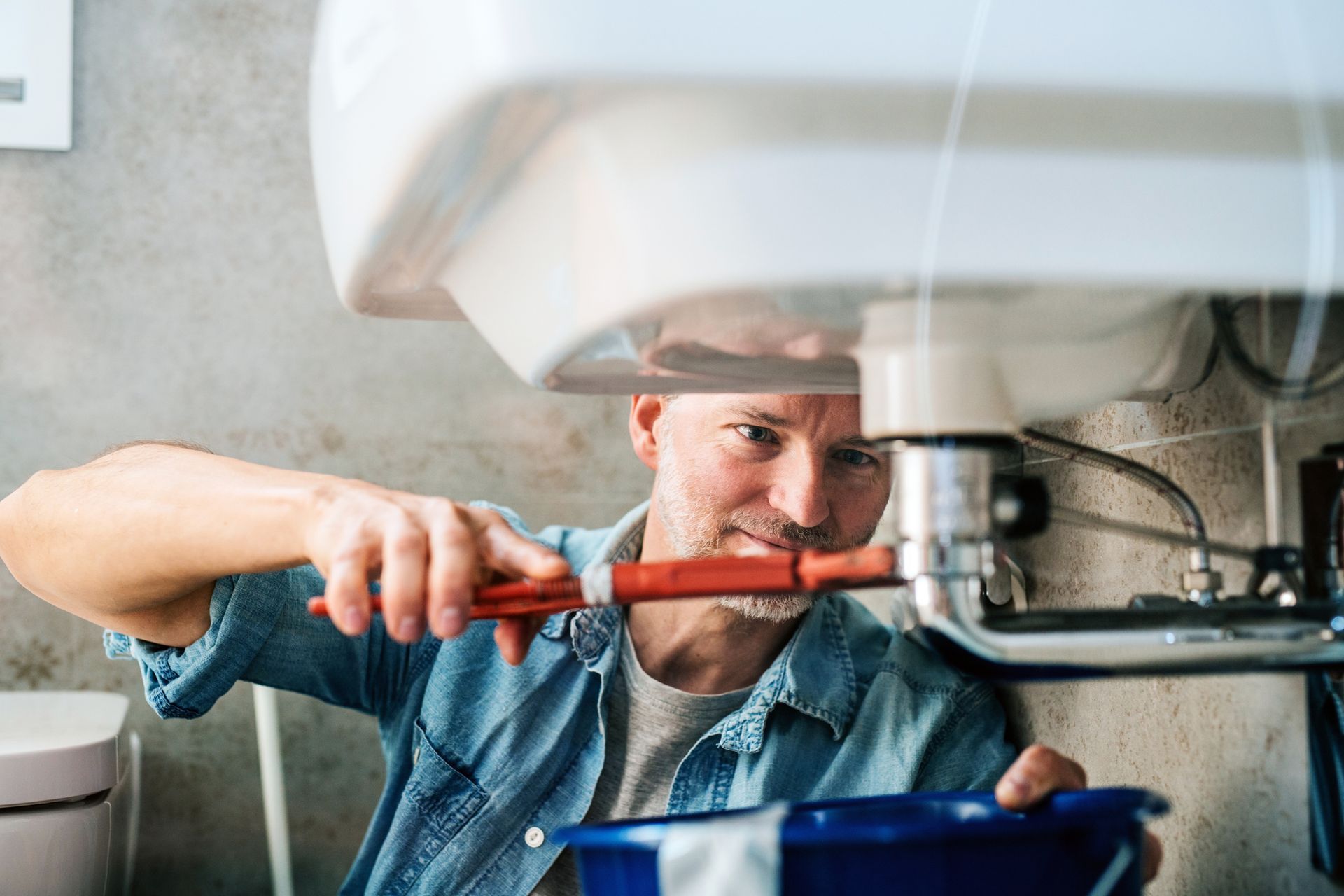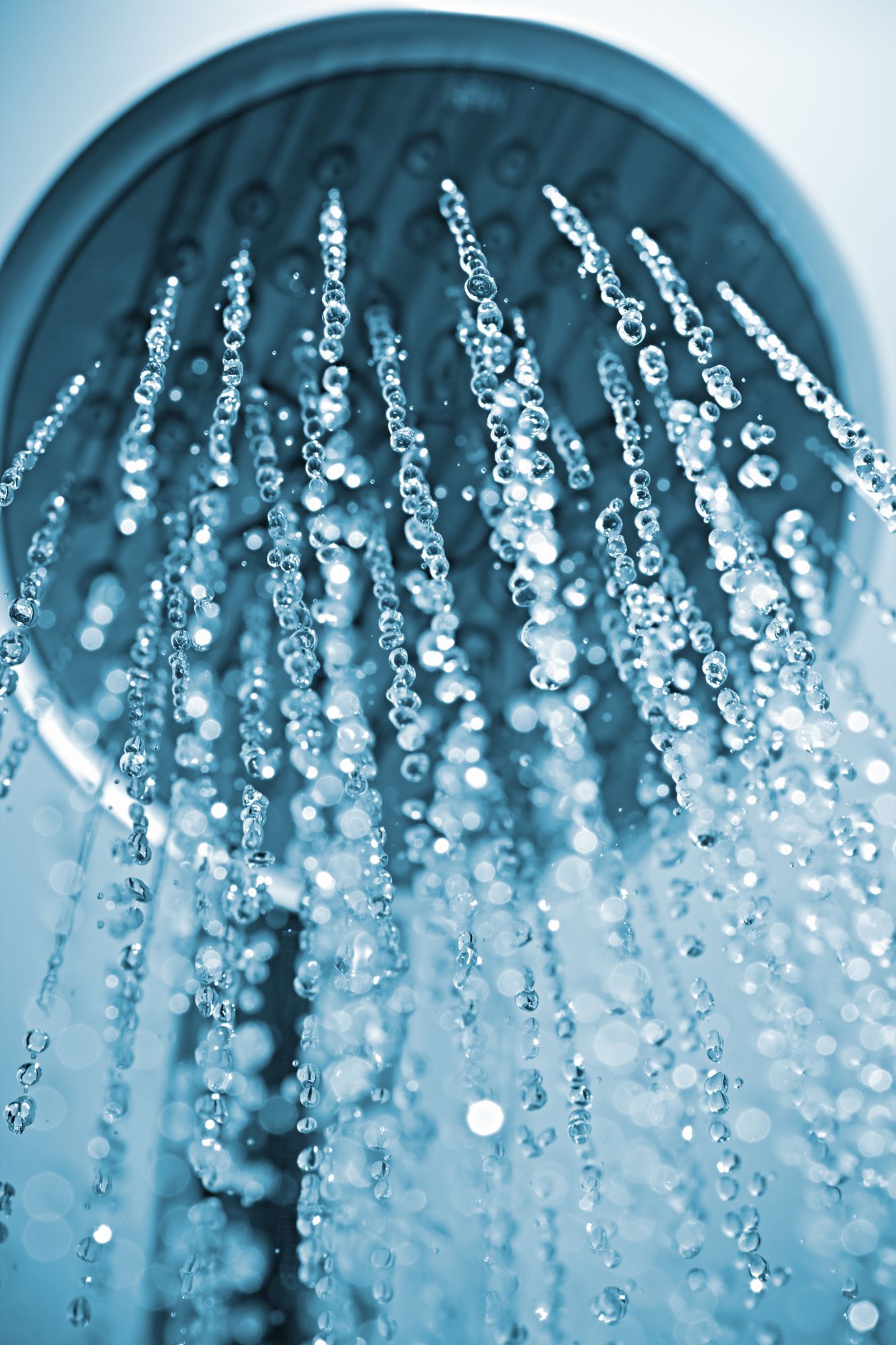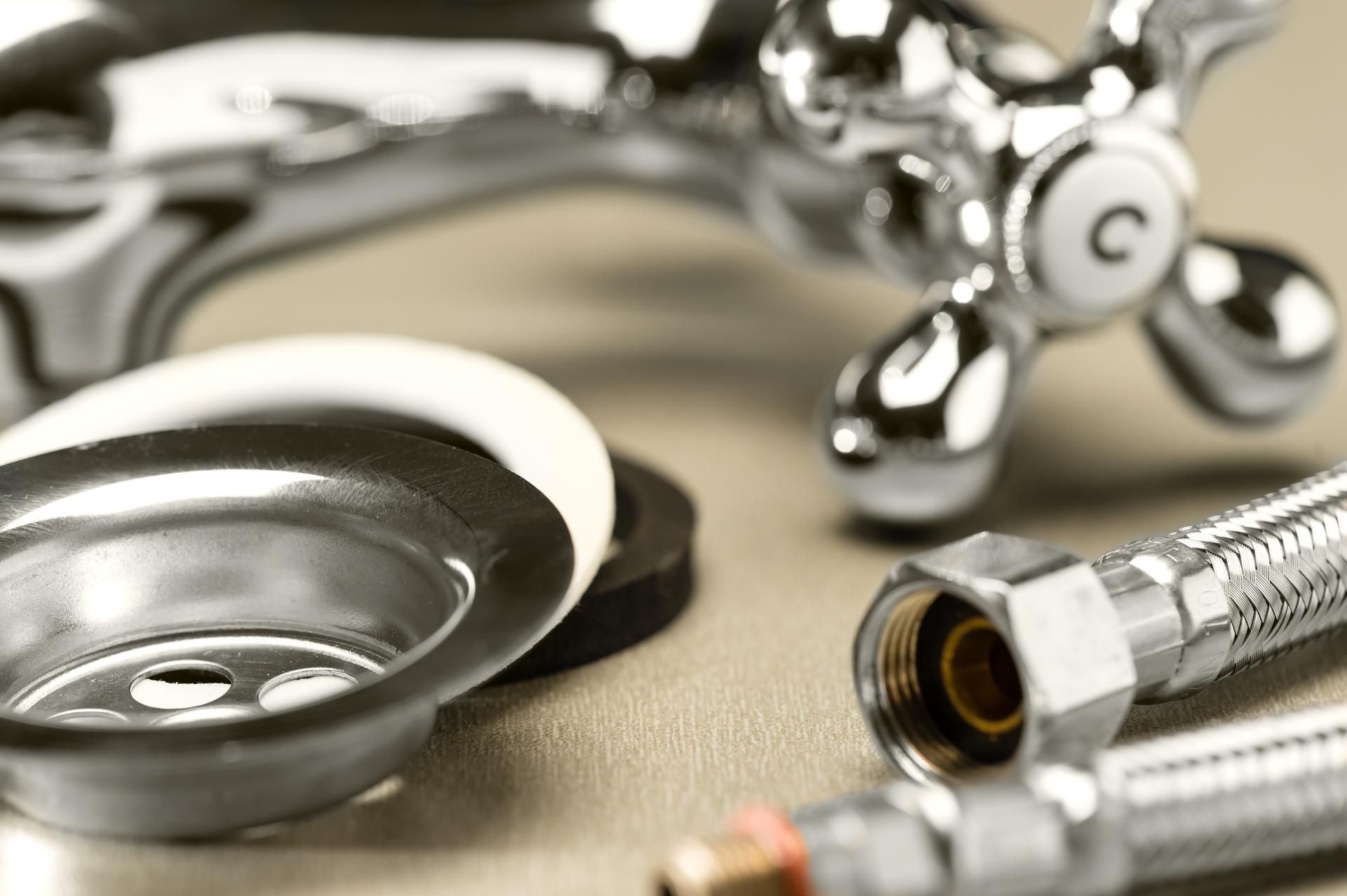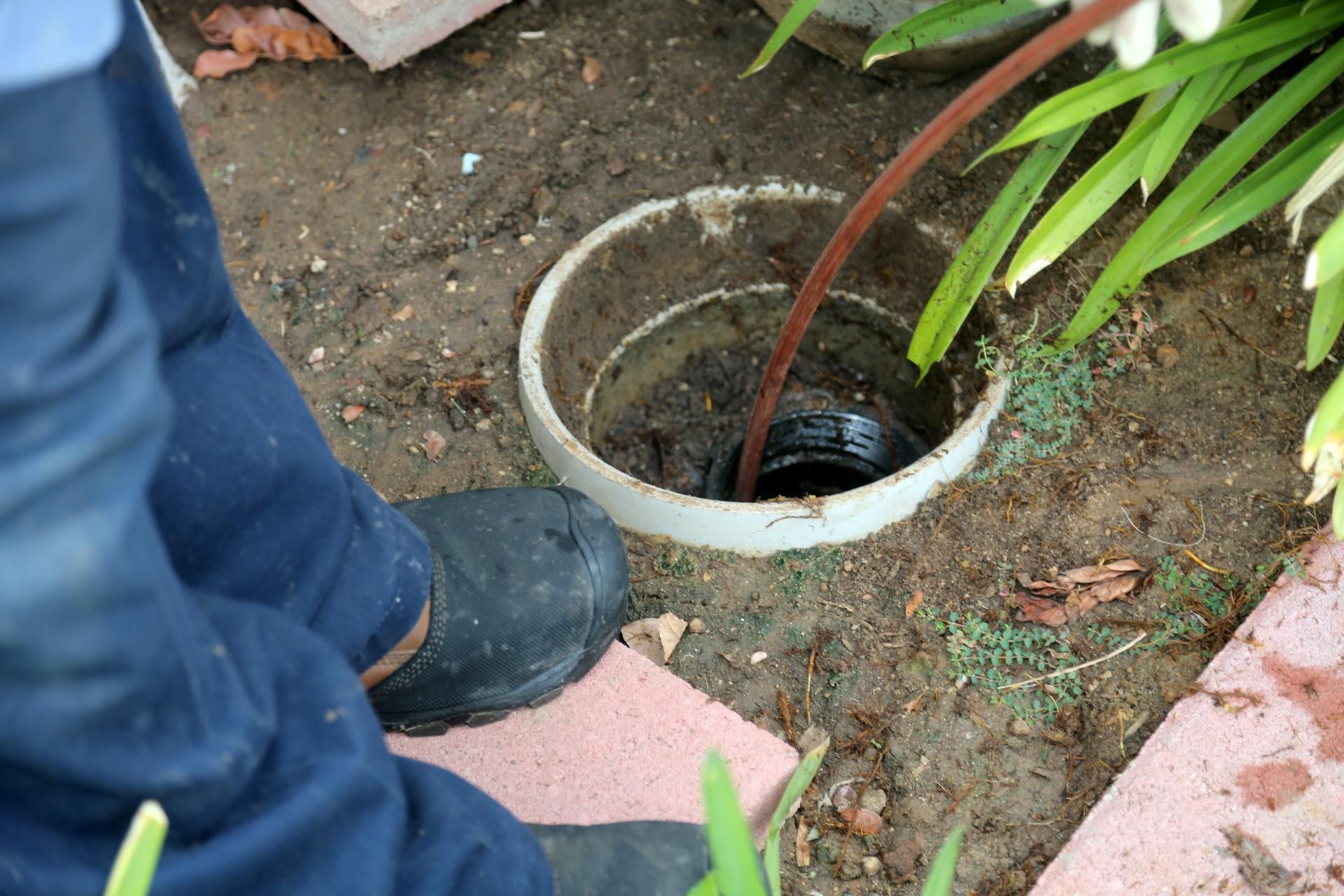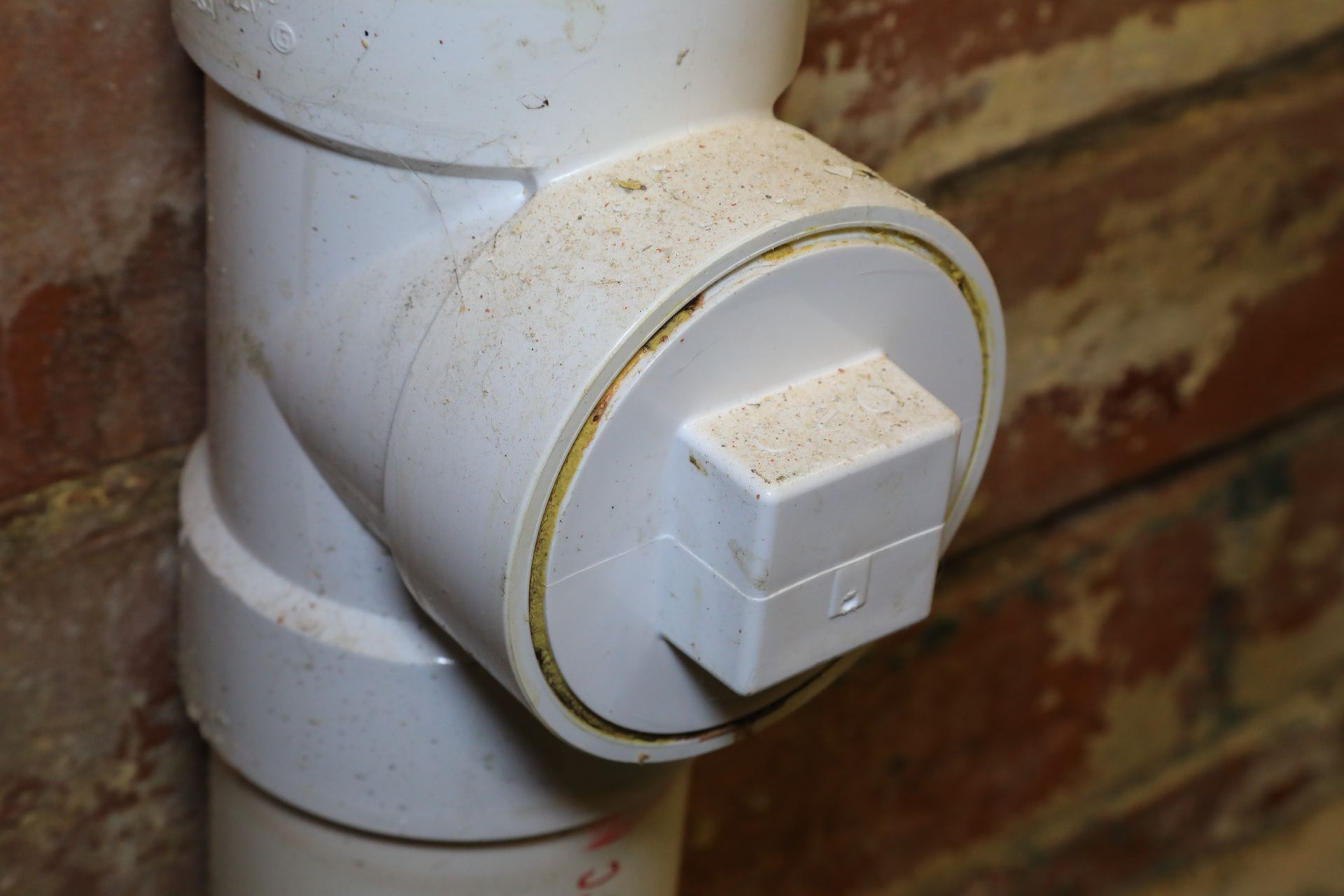Quick Links
Business Hours
Monday - Friday: 7:30 a.m. - 3:30 p.m.
Saturday: By Appointment Only
Sunday: Closed
Payments Accepted




Content, including images, displayed on this website is protected by copyright laws. Downloading, republication, retransmission or reproduction of content on this website is strictly prohibited. Terms of Use
| Privacy Policy



